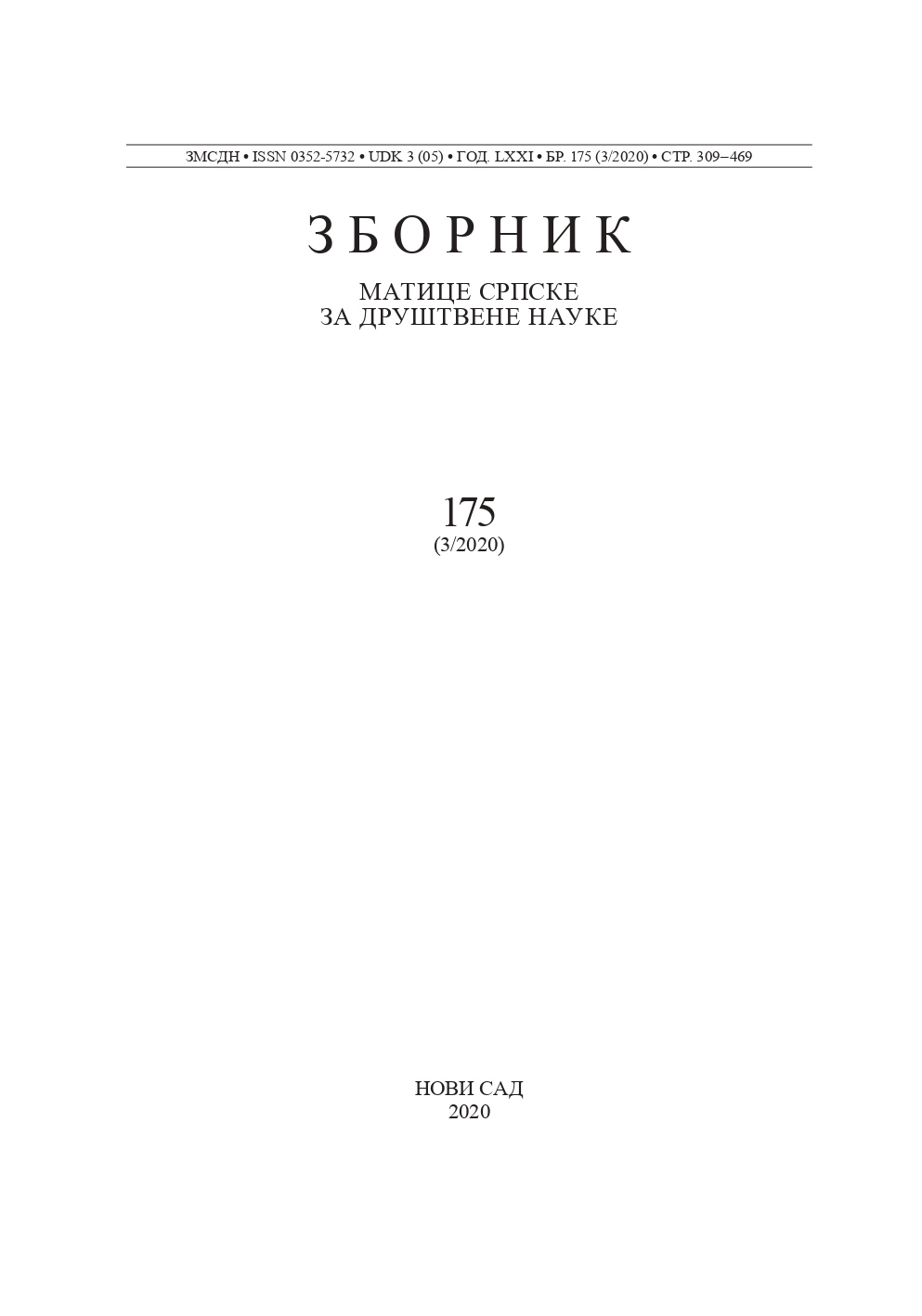АНАЛИЗА АГРАРНЕ ПОЛИТИКЕ У СРБИЈИ С КРАЈА 20. И ПОЧЕТКА 21. ВЕКА СА АСПЕКТА ФИНАНСИРАЊА
ANALYSIS OF AGRICULTURAL POLICY IN SERBIA FROM THE ASPECT OF FINANCING FROM THE END OF THE 20th AND THE BEGINNING OF THE 21st CENTURY
Author(s): Gordana RadovićSubject(s): Geography, Regional studies, Physical Geopgraphy, Regional Geography
Published by: Матица српска
Keywords: Agriculture; financing; agricultural policy; agrarian budget; Serbia;
Summary/Abstract: The aim of this paper is to analyze the agricultural policy implemented in Serbia from the end of the 20th and the beginning of the 21st century from the aspect of agriculture finance. The domestic agricultural policy of the pre-transitional and the beginning of the transitional period, during the mid 1990s, was based on the concept of protectionism. Back then, the financing of agriculture was realized mainly through the primary emission of the National Bank i.e. through selective and subsidized credits. The agricultural policy was abruptly transformed from the concept of protectionism to liberalization. Although this concept was applied for only several years, it significantly aggravated the economic situation in agriculture, thus complicating the issue of financing even more. Along with the agrarian budget, the sources of financing agriculture during this period were the loans granted by commercial banks, which were unfavorable for the majority of agricultural entities. The methods used in this paper are analytical-empirical, historical, and comparative. The author concludes that the former concepts of agricultural policy in Serbia have not defined an acceptable and sustainable model of financing agriculture. The agrarian budget, as a quantitative and qualitative demonstration of the agricultural policy, has been the key source of financing agriculture during the entire transition period up to now. Despite the modifications in the qualitative structure of the agrarian budget, in accordance with the requirements of agricultural entities and the EU integration, in quantitative terms the agrarian budget failed to meet the growing demands of the agricultural entities for subsidies.
Journal: Зборник Матице српске за друштвене науке
- Issue Year: 2020
- Issue No: 175
- Page Range: 361-372
- Page Count: 12
- Language: Serbian

